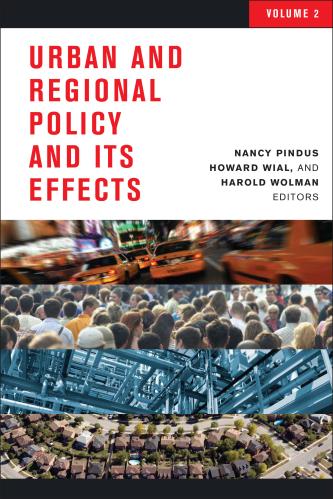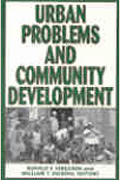As the nation works to recover from the Great Recession, the idea of revitalizing the country’s beleaguered manufacturing sector has gained significant traction among political leaders and policy experts. But before we revive the “Made in the USA” brand, it’s essential that we understand just how radically the nature, scale, and spatial characteristics of the sector have changed over the past several decades—and how these changes should inform the federal policies and programs that affect its growth and development.
Unlike the days when large companies dominated the nation’s commodity production, today’s manufacturing landscape is largely occupied by decentralized networks of small, specialized firms, many of which are hidden in plain sight in America’s urban areas. In fact, in 2007, of the approximately 51,000 manufacturers in the United States employing fewer than 20 people, more than a third were located in the nation’s 10 largest cities. Making everything from cabinets to computer components, these small urban manufacturers (SUMs) are typically part of interdependent, collaborative networks, the synergies between which promote the spillovers and knowledge-sharing that not only help businesses innovate but in turn help build stronger, more adaptable urban economies.
Local policymakers and civic organizations, and some states, have increasingly recognized the strengths and potential of SUMs, and have worked to design policies and initiatives to help them overcome the land and building constraints, capital access problems, workforce issues, and other challenges that can hinder their success.
At the federal level, however, outdated perceptions about the “how, what, and where” of American manufacturing have persisted to the extent that SUMs’ role in urban economies—and hence in the economy at large—has at best been largely overlooked, and at worst undermined (if inadvertently) by policies and programs that may have been adopted to achieve other local development ends.
This paper identifies specific ways that federal government should work with state and local leaders to better support small-scale, urban manufacturing, and to do so within a thoughtful framework for urban economic development. Activities can be implemented without little added cost to an already overstretched budget and without major operational changes. Rather, they require that existing funding be more clearly focused and that priorities be articulated and coordinated across federal agencies.
Accompanying the paper are case studies that examine urban manufacturing trends, challenges, and policy responses in Los Angeles, Cleveland, Seattle, and New York City.
Read the full paper » (PDF)
Read case studies from selected U.S. cities » (PDF)
The Brookings Institution is committed to quality, independence, and impact.
We are supported by a diverse array of funders. In line with our values and policies, each Brookings publication represents the sole views of its author(s).







